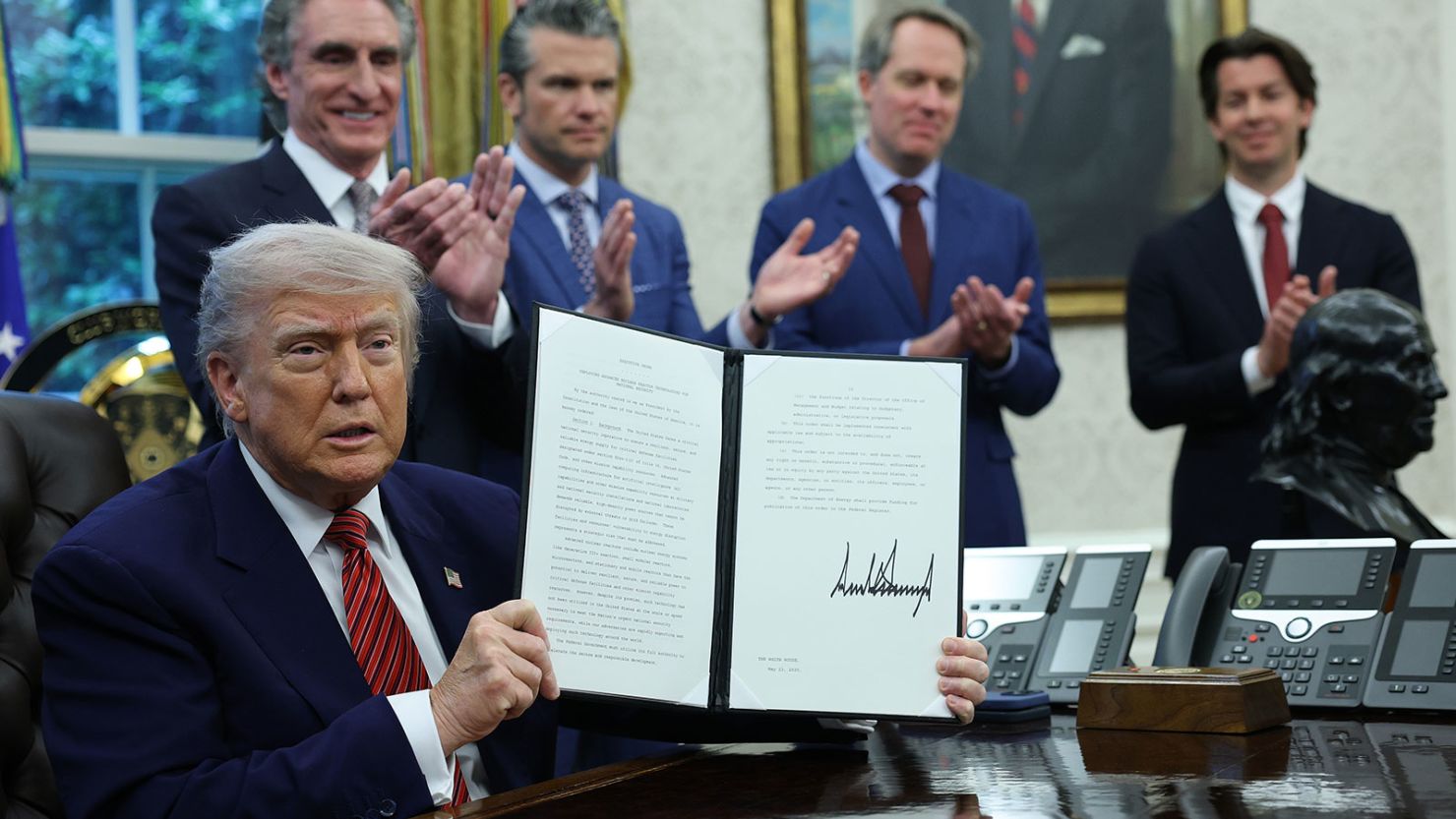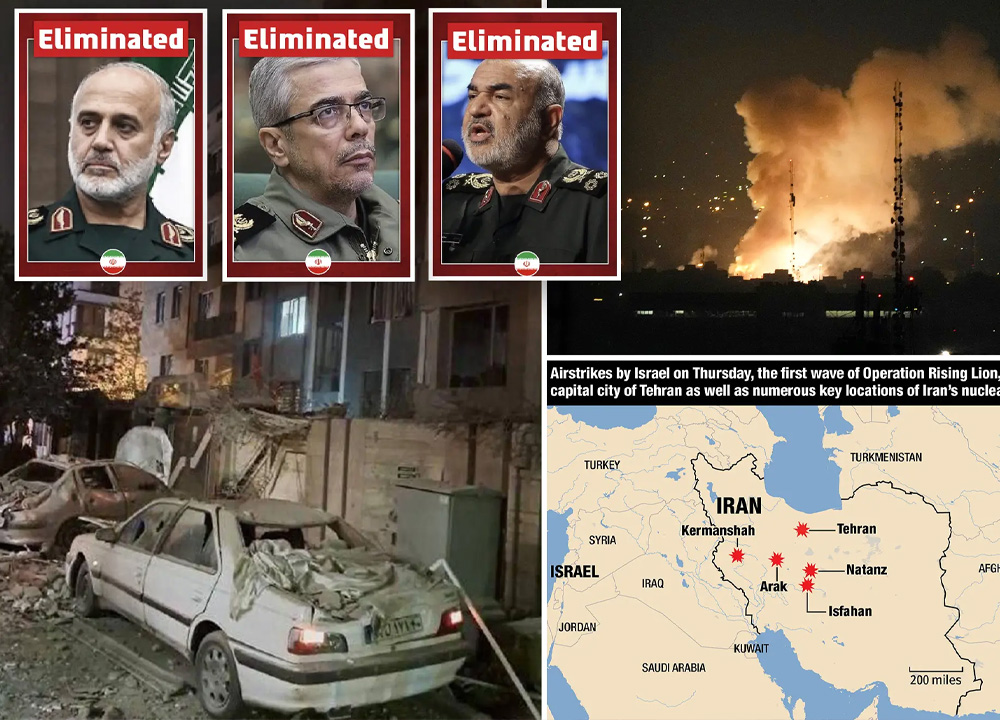🇺🇸 Executive Orders to Boost U.S. Nuclear Energy
📝 Overview
President Trump signed a series of executive orders designed to accelerate nuclear energy development in the United States. The primary objectives include:
-
Streamlining the approval process for new nuclear reactors.
-
Enhancing domestic uranium production.
-
Reforming the Nuclear Regulatory Commission (NRC).
-
Facilitating the construction of reactors on federal lands.WSJ+1The Washington Post+1ReutersWSJ+9MarketWatch+9The Guardian+9
🔍 Key Provisions
-
Accelerated Licensing: The NRC is directed to issue decisions on new reactor licenses within 18 months and to review operations of existing reactors within 12 months.
-
Reactor Deployment: The Department of Energy (DOE) is tasked with deploying advanced nuclear technologies to power artificial intelligence (AI) infrastructure and other national security objectives within 30 months.
-
Fuel Supply Enhancement: The DOE will release at least 20 metric tons of high-assay low-enriched uranium into a readily available fuel bank for private sector projects.
-
Regulatory Reform: The NRC is to reform its regulations to balance safety concerns with the benefits of nuclear energy, including revising radiation exposure standards.The White House+4The White House+4Geo News+4WSJ+2The White House+2Wikipedia+2
🏛️ Official Statements
-
President Trump: “Today’s executive orders are the most significant nuclear regulatory reform actions taken in decades. We are restoring a strong American nuclear industrial base.”
-
Energy Secretary Chris Wright: “With the emergence of AI and President Trump’s pro-American manufacturing policies at work, American civil nuclear energy is being unleashed at the perfect time.”
-
Interior Secretary Doug Burgum: “This is going to turn the clock back on over 50 years of over-regulation on industry.”The White House+1The White House+1Inside Climate News+1American Nuclear Society+1
⚠️ Industry Reactions
While the initiative has been welcomed by some industry leaders, there are concerns about the potential weakening of safety oversight. Experts caution that reducing regulatory barriers could compromise public trust and safety standards.
For more detailed information, you can refer to the official White House fact sheets and statements:











